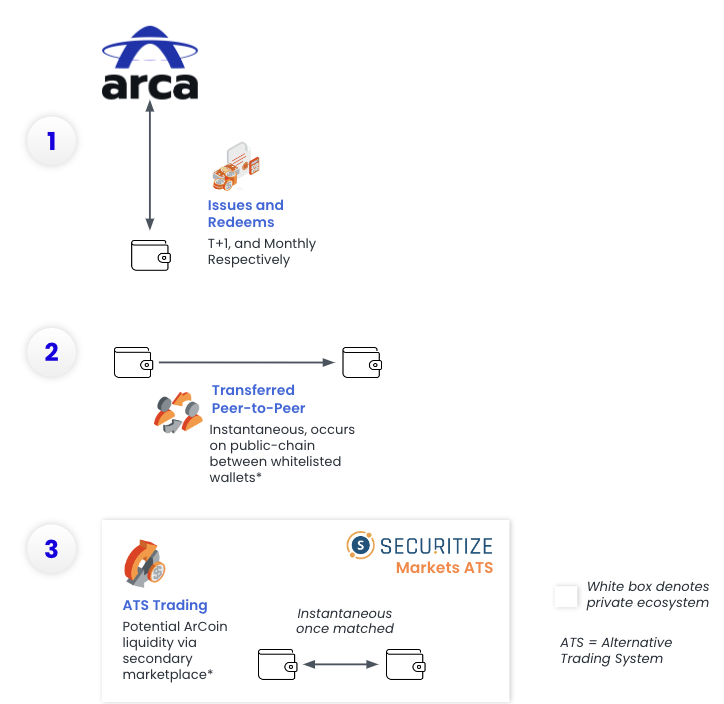Research Summary
The report discusses the rise of Liquid Staking Derivatives (LSDs) following the launch of Ethereum’s Beacon chain in December 2020. LSDs have enabled smaller ETH holders to participate in staking and unlock liquidity. Despite concerns about cartelization and concentration, LSD protocols have seen consistent inflows of ETH, with the top 8 LSDs yielding an average of 4.4% APY since January 2022. The Total Value Locked (TVL) in LSDFi protocols has grown significantly, reaching $919.0M at the end of August 2023.
Key Takeaways
Introduction of Liquid Staking Derivatives (LSDs)
- Launch of Ethereum’s Beacon chain: The launch in December 2020 allowed holders to stake their ETH and become validators. However, a minimum of 32 ETH was required to become a validator, and withdrawals were only possible starting in April 2023.
- Role of LSDs: LSDs were introduced to promote staking participation among smaller ETH holders and provide liquidity options. LSDs are tokenized receipts that users receive when they deposit assets into liquid staking protocols, representing ownership of their staked assets.
- Competition and Innovation: Despite competition between LSDs, a new wave of protocols have emerged to build and innovate on existing LSDs, in the form of Liquid Staking Derivatives Finance (LSDFi).
ETH Deposits and Withdrawals Post-Shapella
- ETH inflows post-upgrade: Despite ETH withdrawals being enabled with the Shapella upgrade on April 12, 2023, LSD protocols as a whole experienced net ETH inflows post-upgrade.
- Staked ETH flows: Staked ETH flows have since stabilized between June and August, with deposits continuing to surpass withdrawals across LSD protocols, except Ankr.
- Lido’s performance: Lido, the leading LSD player, saw daily net inflows of +18K ETH. It saw its largest outflow on May 18, with over 400K ETH withdrawn.
ETH Validator Entry and Exit Queue
- Churn limit: The Ethereum network has a “churn limit” that controls how many validators can join or leave the network. This limit changes depending on how many validators are currently active.
- Entry queue: On June 10, the entry queue reached its highest point at 96,508 validators. However, by August 31, it had gradually decreased to 54,098 validators.
- Exit queue: The exit queue experienced a brief increase on June 13, reaching a peak of 2,810 validators. This coincided with a price correction for ETH, which dropped from $1,742 to $1,651 in the following days.
LDS Yields Since January 2022
- Average yield: The top 8 ETH LSDs have had an average yield of 4.4% Annual Percentage Yield (APY) since January 2022.
- Best-performing LSD: Fraxʼs sfrxETH has been the best-performing LSD in terms of average yield, at 6.2% between October 2022 to August 2023.
- Yield decline: As of the end of August 2023, the average yield across the Top 8 LSD protocols is at ~3.28%, with 26.4 million ETH staked. However, yield is expected to decline as the amount of ETH staked continues to increase.
Total Value Locked (TVL) Across LSDFi Protocols
- TVL growth: The Total Value Locked (TVL) across LSDFi protocols has grown 5,870% (58.7x) since January 2023, and has reached $919.0M on August 31, 2023.
- Dominant LSDFi protocol: Lybra, which was launched post-Shapella, has become the dominant LSDFi protocol, with 39.1% of TVL or $359.0M by the end of August.
- Renewed interest in Pendle: Pendle, which was launched in 2021, experienced renewed interest amidst the surging popularity of LSDs in 2023. Its TVL rose by 903%, from $15.4M to $139.4M between January and August 2023, and is now the third largest LSDFi protocol.
Actionable Insights
- Monitor LSD protocols: Given the consistent inflows of ETH into LSD protocols, it would be beneficial to keep a close eye on these platforms and their performance.
- Investigate the Potential of LSDFi: With the significant growth in TVL across LSDFi protocols, there may be opportunities to explore within this sector.
- Consider the impact of ETH staking: As the amount of ETH staked continues to increase, yields are expected to decline. This trend should be taken into account when considering participation in LSD protocols.













